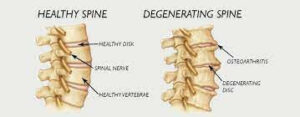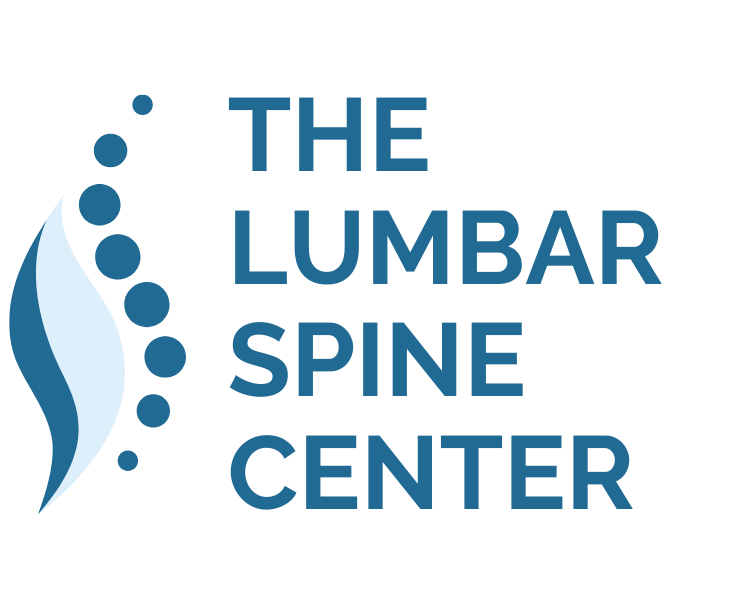14 Oct What is a Fusion?
If you have seen a physician for your neck or back, then you may have heard of a fusion. It is estimated that there are approximately over one million instrumented fusions in the United States each year [1]; although the numbers vary from 500,000 to over 1.5 million procedures per year. Anyone reading this post is still wondering, ‘What is a fusion?” and “What is instrumentation?”. Considering the numbers quoted, most of you reading this probably know at least one person that has undergone a fusion of their neck or lower back.
A fusion occurs when surgeons try to connect any two bones of the body together to function as one. As surgeons, we refer to the spinal functional unit to include one vertebral body plus an intervening disc and another vertebral body below the disc [2]:

In the graphic above, the discs are gray and in between the vertebral bodies. The spinal functional unit includes two bones and an intervening disc. The purpose of a fusion is to eliminate the motion between the two bones and disc using instrumentation or hardware.
Normal movement allows mobility of the vertebral body across the disc space. Over time, movement of bone on the disc can cause degeneration or arthritis. Degeneration or arthritis is essentially a breakdown of the spine as we age; it can happen sooner in some people and later in others. There is a small component related to family history associated with back problems (10 – 20%). The process of degeneration is depicted below [3]:

As the degeneration worsens, movement over the disc becomes more painful causing back pain and sometimes leg pain. Back pain is due to the degenerative disc and leg pain is due to nerve root compression. As surgeons, we have developed techniques to remove mobility of the vertebral body over the disc through a fusion procedure to alleviate your symptoms. The fusion procedure eliminates mobility over the disc and allows surgeons to decompress any nerve root compression through a laminectomy, done concurrently with the fusion [4]:

To accomplish a fusion, surgeons use pedicle screws placed into bone secured by rods followed by disc removal and insertion of an interbody cage. The graphic above denotes “bone grafts” but most surgeons insert a fabricated cage.
Pedicle screws are made from titanium with some nickel alloy. Titanium is safe for any further imaging studies such as an MRI.
Interbody Cages are made from a special plastic (PEEK: Poly-Ether-Ether-Ketone) and titanium.
In my practice, I use bone from the laminectomy and do not use bone from the hip are rarely from a cadaver.



